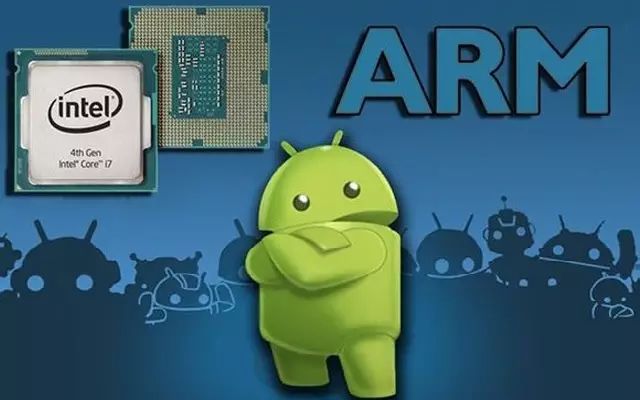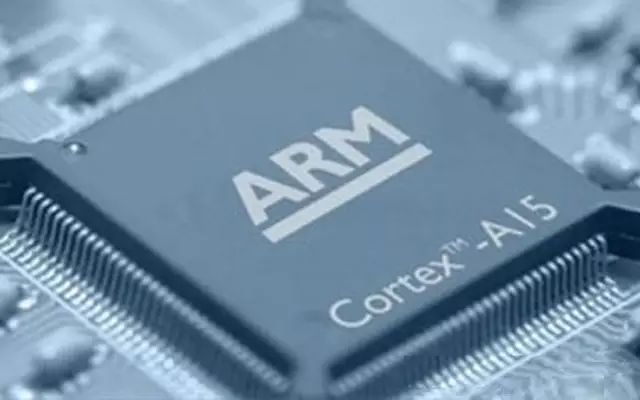
Nowadays, mainstream mobile phone CPUs are quad-core and octa-core, and MediaTek has even started developing deca-core CPUs. As a result, many people believe that mobile phone CPUs can now rival computer CPUs.
However, the performance of a CPU cannot be judged solely by the number of cores and clock speed. Below, I will compare the differences between mobile and computer CPUs from aspects such as architecture, process technology, clock speed, and cores, to see how significant the gap really is.

1. Architectural Differences
The architecture is akin to the framework of a building; it is the most basic and crucial part. Computer CPUs use architectures like X86 and X64, while the mainstream mobile phone CPUs are based on the ARM architecture, evolving from ARM7, ARM9 to Cortex-A7, A8, A9, A12, and A15.
PCs are built on the von Neumann architecture, while ARM is based on Harvard architecture, which means their instruction structures are also different. PCs (specifically common X86 CPUs) use a Complex Instruction Set Computing (CISC), while ARM uses a Reduced Instruction Set Computing (RISC).
Due to their different purposes, mobile CPUs must be low power and inexpensive. Therefore, ARM architecture CPUs are significantly less capable than computer CPUs, with floating-point performance differences ranging from thousands to tens of thousands of times at the same frequency.
2. Process Technology & Clock Speed
Now let’s briefly discuss process technology: mobile CPUs are mainly at 28nm, while computer CPUs are at 22nm. Although computers are slightly ahead, mobile CPU development is rapid, moving towards 14nm.
Next, regarding clock speed, while the clock speed of a CPU relates to its actual computation capability, it is not directly proportional. The overall performance of a CPU also depends on other factors like cache, instruction set, and the bit architecture of the CPU.
The bit architecture is crucial, which is why mobile phones with 64-bit CPUs are much faster than those with 32-bit CPUs. Due to the differences in architecture, at the same clock speed, computer CPUs can outperform mobile CPUs by dozens to hundreds of times.
3. Impact of Cores
Mobile multicore CPUs should actually be called multi-CPU, as they package multiple CPU chips to handle different tasks. You could even humorously term them “glue cores,” indicating that they are forcibly stuck together. During standby or idle times, an octa-core mobile phone may only utilize one or two cores.

In contrast, in a PC, a multicore processor means multiple processing cores integrated into one processor, allowing them to work together to handle the same task, which is a form of parallel processing. To summarize, it is parallel processing; dual-core is like converting a single lane into multiple lanes.
When processing the same task, increasing the number of cores in mobile CPUs does not significantly enhance computational capabilities, similar to cramming eight cars into a single lane. This explains why Intel’s Atom mobile processors and Apple’s processors, despite being dual-core, outperform many quad-core processors at the same frequency.
4. GPU Cores
Generally, mobile GPUs are integrated with CPUs on the same SoC, akin to Intel’s integrated graphics. In contrast, early computer CPUs typically assisted in computations, with video and graphics processing handled by dedicated GPUs, which were integrated into the Northbridge.
Later, dedicated GPUs emerged, and integrated graphics gradually became part of the CPU, with current integrated GPUs slowly replacing dedicated ones. Notably, Intel’s latest integrated graphics are quite efficient in terms of power consumption and performance, showing a trend towards replacing dedicated GPUs.

At this point, many might wonder why many flagship mobile phones can support 4K playback, while computers struggle with 4K video playback. This is because some mobile phones have optimized algorithms and hardware adjustments specifically for H264/H265 videos.
Thus, these mobile phones typically perform hardware decoding for 4K video, resulting in smooth playback with minimal CPU usage. In fact, computers are not weak; the latest CPUs can perform both software and hardware decoding for 4K, and even the lowest-end Atom Z3735F can handle 4K playback effortlessly.
The fundamental reason for this misconception is the sluggish pace of updates in the traditional PC market compared to mobile devices, resulting in the latest hardware decoding technologies not being showcased on PCs, leading many to mistakenly believe that computers are inferior in video playback capabilities compared to mobile phones.
Editor’s Note:
From the above comparison, it is clear that when purchasing a mobile phone, one should not only consider the CPU, clock speed, and number of cores, but also the architecture, bit architecture, and GPU. Although mobile devices are rapidly evolving, they have a long way to go before they can replace desktop computers.
 Providing digital technology information, covering trendy digital products, laptops, office supplies, camera equipment, and other IT product news.
Providing digital technology information, covering trendy digital products, laptops, office supplies, camera equipment, and other IT product news.
 WeChat ID:ShuMaKJ
WeChat ID:ShuMaKJ